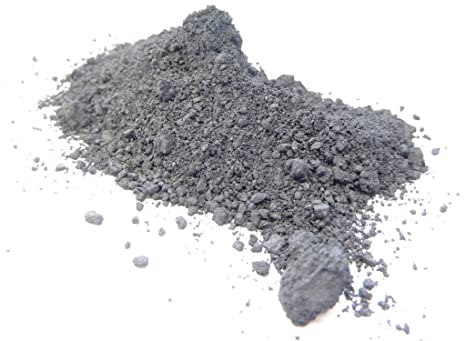Fly Ash Grinding Refining Treatment Enhances Fly Ash Properties

The wide application of fly ash in building materials mainly depends on one of the characteristics of fly ash—volcanic ash activity. However, the activity of fly ash raw ash is generally low, which seriously limits its comprehensive utilization. Studies have shown that the fine grinding treatment of fly ash destroys its layer vitreous structure, causes cracks and distortions in the crystal, reduces the particle size of fly ash, increases the specific surface area, and makes its active components more likely to participate in hydration reactions. , reducing the crystallinity, thereby significantly improving its activity. The fine grinding treatment of fly ash can improve its particle shape to a certain extent, enhance its micro-aggregate effect in material utilization, and improve the material performance.
Research by domestic scholars has shown that the activity of fly ash is significantly improved after fine grinding treatment, and the fine grinding treatment of fly ash will not change the phase composition of fly ash, but will reduce the crystallinity of the phase. With the increase of grinding intensity, the particle size of fly ash decreases and the degree of crystallinity decreases. Effectively crush fly ash microbeads, release internal Ca, Si, Al and other components, increase the dissolution rate of Si and Al, and strengthen the hydration reaction.
